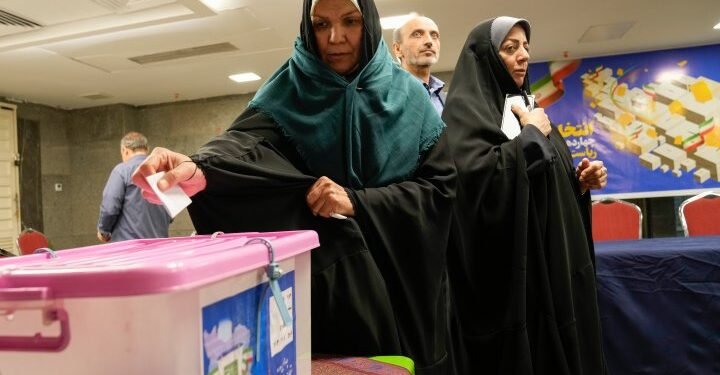Iran Snap Election 2024 – A Critical Insight
The Reformist Candidate and His Outreach Strategy
Iranians went to the polls in a snap election to select a new president following the passing of Ebrahim Raisi. The race featured a single reformist candidate, Masoud Pezeshkian, who pledged to establish “friendly relations” with the West, especially after facing veiled warnings from Ayatollah Ali Khamenei.
The Challenge of Low Voter Turnout
One of the pressing issues facing this election is the low voter turnout, driven by ongoing economic challenges, protests, and regional tensions. Pezeshkian, representing Iran’s reformist movement, aims to bring about change within the system, offering a different perspective from hard-line candidates.
Tensions in the Middle East and Nuclear Concerns
Against the backdrop of regional tensions, including the Israel-Hamas conflict, Iran’s uranium enrichment activities remain a concern. The election outcome will shape Iran’s stance on negotiations with the West, with implications for regional stability and global security.
The Potential Impact of Social Media and Criticisms
Pezeshkian’s candidacy faces scrutiny over being perceived as aligned with the government-approved candidates, raising doubts about his ability to bring real change. Calls for a boycott and concerns over restrictive policies further complicate the electoral landscape.
Historical Context and Future Implications
As Iran navigates through this critical election, the dynamics of internal politics, international relations, and generational divides come into play. The outcome will not only determine Iran’s path forward but also influence regional dynamics in the Middle East.
Source link





















![A Conversation with Dave Heller About TCA’s Call on Washington [Video] A Conversation with Dave Heller About TCA’s Call on Washington [Video]](https://smartnewshub.com/wp-content/uploads/2024/11/11909-a-conversation-with-dave-heller-about-tcas-call-on-washington-video-360x180.jpg)
![New Company Uses AI to Train Autonomous Trucks [Video] New Company Uses AI to Train Autonomous Trucks [Video]](https://smartnewshub.com/wp-content/uploads/2024/10/11886-new-company-uses-ai-to-train-autonomous-trucks-video-360x180.jpg)





















